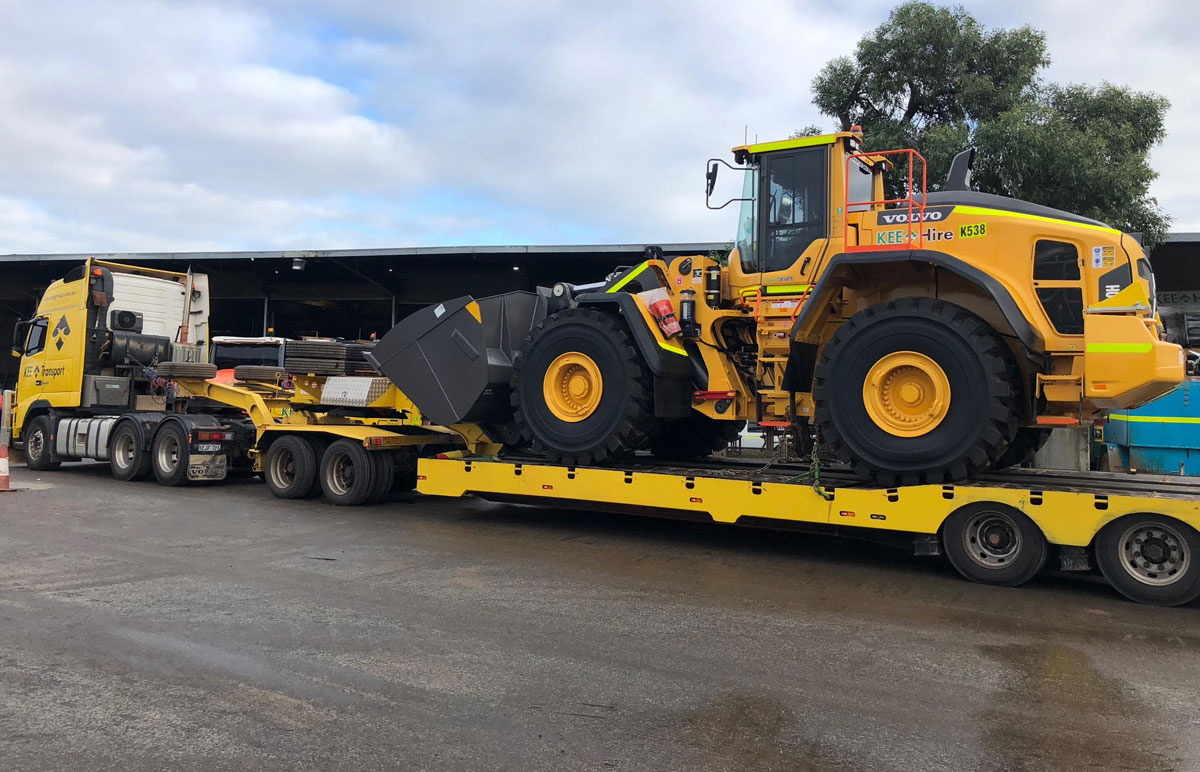
Loading Wheel Loaders: Tips For Safety and Efficiency
Efficiency is vital in construction; projects have to meet strict deadlines, especially since contractors have to think of city ordinances and building guidelines. As such, transportation processes are crucial. When builders and construction workers have to use different vehicles, they have to balance speed of productivity with the safe transportation of equipment. Here are things to keep in mind about loading wheel loaders.
How to Choose a Trailer for Your Wheel Loader
Choose a trailer that can accommodate the machine and all the wheel loader attachments you will need. Larger wheel loaders would need RGN trailers to ensure safety. Meanwhile, step-deck or hotshot trailers are suitable for smaller wheel loaders. Finally, compact wheel loaders are okay to ship using flatbed trailers. An equipment hire company can help you get the right vehicle for your needs.
How Do You Safely Load Wheel Loaders?
Owner’s manuals for wheel loaders have loading guidelines that describe all the critical aspects of loading. Here are some salient points:
- The trailer should be on level ground during packing.
- The ramps should be able to handle the wheel loader’s weight. Otherwise, you could add blocking to the other ramps for support. The equipment and ramp should be free of grease, mud, debris, and other things that can cause the loader to slide.
- Travel up the ramp with the heaviest wheel loader head when you are loading onto the trailer.
- Ensure the loader’s engine is at the lowest speed setting and go at the slowest possible speed while loading equipment.
- There should be no pull and tyre wear during transportation. Ensure this by evenly distributing your wheel loader’s weight on the vehicle. Check the balance by looking at the suspension of the transportation equipment.
How Do You Secure the Wheel Loader Equipment?
Once you have the wheel loader on the vehicle, you will have to secure the equipment. Here are some things to keep in mind:
- Lower the attachment or the bucket to the floor, stop the engine and disconnect the battery switch.
- Before moving the vehicle, ensure that the doors and covers are locked. Also, you should fully lock the wheel loaders with hinges, pivots, or articulation points to prevent movement in transit.
- Put cradles, wedges, and chocks in front of wheels. Doing so prevents rolling or shifting during transport.
- Use the recommended connection points to minimise damage during transportation. Ensure that the tie-downs are all secure and all the hooks are functional.
- Before loading, verify the loader’s tyre pressure. If you don’t, you’ll risk the tie-downs loosening. The owner’s manual will list the proper tyre pounds for this vehicle.
How Do You Secure Wheel Loader Attachments?
As much as possible, you should secure the enclosures to the wheel loader and secure the accessories and attachments as well. Otherwise, you can use chains to secure the attachments onto the trailer. Also, secure the buckets of the transportation equipment.
For loaders with hydraulic attachments, you need to ensure that the hose’s orientation does not impede the trailer machines. The hoses should be under the device and connected so you can disengage them as quickly as possible. Secure the hoses following the manual’s specifications before you begin the transport.
Conclusion
Keep your equipment and personnel safe by following loading guidelines for wheel-loaders. A heavy plant equipment hire service and transport provider can ensure that you’re doing this in the safest way possible.
Access a wide range of hire equipment when you hire KEE. We are Perth’s top vehicle hire company, bringing unrivalled levels of service and top-notch machinery to every project. See the KEE difference when you contact us for inquiries!


